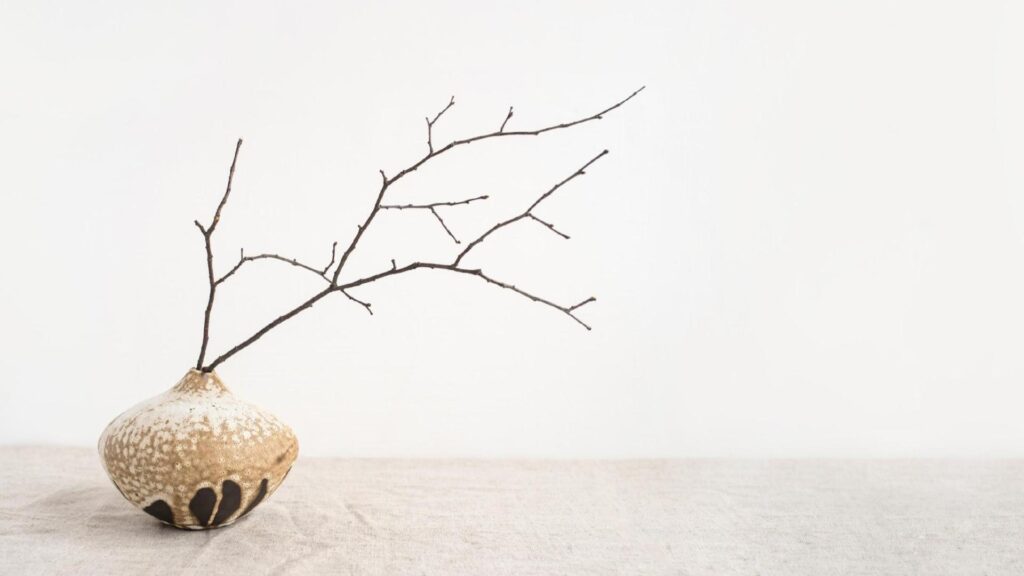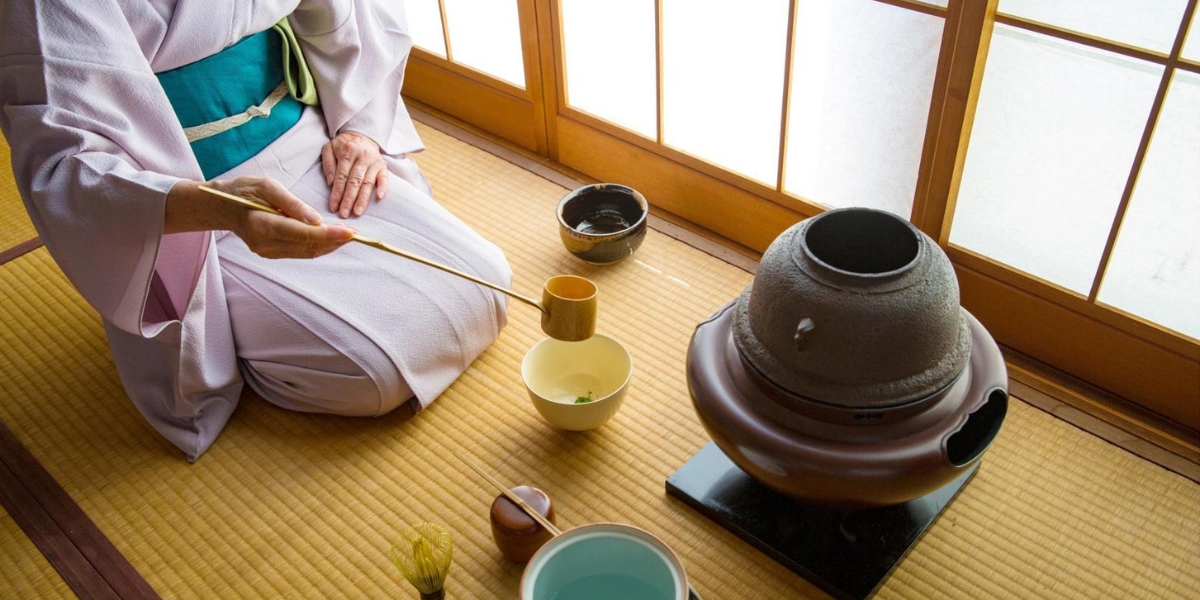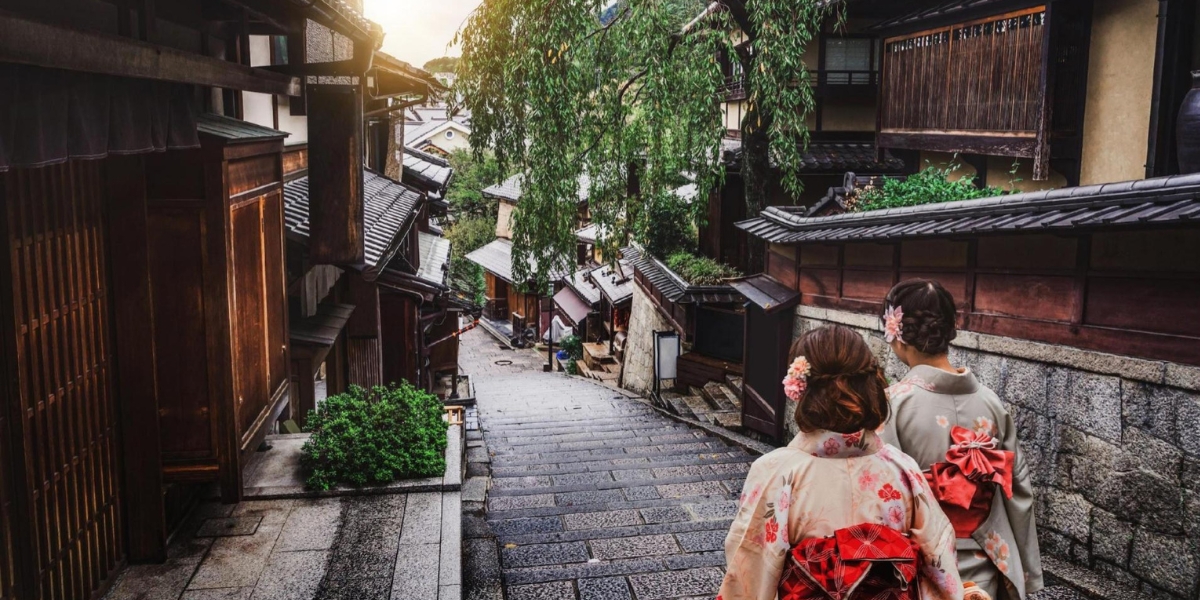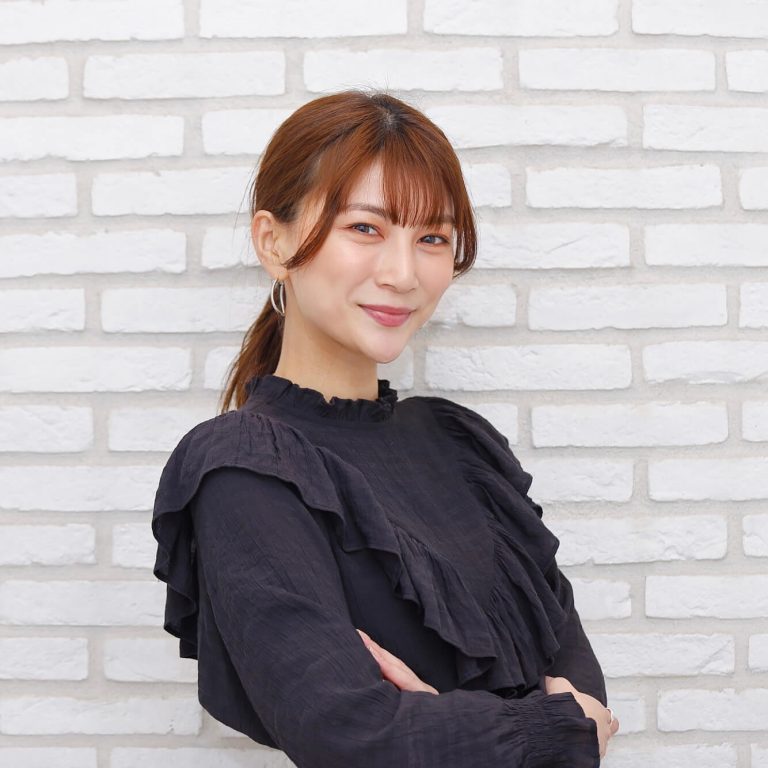In today’s fast-paced world, many of us seek ways to slow down, find peace, and appreciate the simple things in life. These themes—mindfulness, simplicity, and balance—not only resonate strongly in the field of UX design but are also deeply embedded in Japanese culture, especially in the tea ceremony, or sado/chado (we’ll use sado for the rest of the article). Few works have introduced this tradition as profoundly as Okakura Tenshin’s The Book of Tea. This book not only explores the philosophy behind the tea ceremony but also offers timeless insights that continue to inspire modern design practices.
What is The Book of Tea?
First published in 1906, The Book of Tea is an introductory book on the Japanese tea ceremony written by Okakura Tenshin-a Japanese scholar and art critic-for a Western audience. The book became a bridge between the East and West, shedding light on the riveting cultural and spiritual meaning behind what would seem on the surface to be a simple ritual. Okakura defined tea not simply as a drink, but as a symbol of harmony, simplicity, respect, and the appreciation of beauty in the everyday.
The Philosophy Behind the Tea Ceremony
At the heart of sado lies the concept of wabi-sabi. Wabi-sabi encompasses an aesthetic that appreciates simplicity, imperfection, and the passage of time; it can be viewed as an exclusive feature of Japanese art. The objects used during the tea ceremony are deliberate in their simplicity and unobtrusiveness; each movement is initiated with the other person in mind. It is a restful space where one may turn inwards and find tranquility.
As explained by Okakura, such simplicity involves the elimination of distractions. It also revolves around perfection in the very essence that embraces all that is imperfect. The tea room is always simple, small, and as free as it can be from ornament. It invites such a focus on the present moment that participants are able to contemplate priceless moments of life so easily overlooked. To appreciate that moment is, thus, very similar to leading an existence of Zen acceptance of things as they are.
The Tea Ceremony as a Reflection of Japanese Culture
Through the tea ceremony, Okakura helps us understand broader aspects of Japanese culture. It communicates a message of harmony, a connection with the outside world and of harmony with spirit in terms of equity and solidarity. The task of tea serving is humble and courteous-a simple act done with fellow beings in mind.
The tea ceremony continues to keep a balance between form and function, simplicity and depth and nature and human somewhere in closer tangents. It continuously announces the fact that beauty is not necessarily what dazzles but rather the quiet, elegant touch to an object. This philosophy can be applied to all aspects of life, from art to design to interactions with the world.
Eastern vs. Western Aesthetics
One of the most interesting points Okakura makes in The Book of Tea is the contrast between Eastern and Western approaches to beauty. While in the West, art and design are often concerned about perfection, grandeur, and eternity, in the East, greater value is attached to the incomplete, the modest, and the transient; this philosophy of wabi-sabi becomes the basis upon which emotional responses towards aesthetics and art have developed.
For example, while a perfectly crafted vase might be celebrated in the West, in Japan, the small crack in a well-used cup can be seen as adding character, a sign of its journey through life. This different perspective encourages us to appreciate imperfections and to see beauty in what is often overlooked.
The Timeless Relevance of The Book of Tea
Though written over a century ago, the themes of The Book of Tea resonate strongly with today’s world. In an age where many seek to simplify their lives, the book offers wisdom that feels fresh and modern. Okakura’s reflections remind us that real luxury isn’t found in excess, but in thoughtful experiences that bring a sense of calm and connection.
These ideas align with modern movements like minimalism and mindfulness. The focus on simplicity, intentionality, and connection to nature is something many of us strive for in our daily lives. By reducing clutter, both physical and mental, we can create more meaningful, balanced lives.

A Small Note on Design and User Experience
While The Book of Tea isn’t a guide to design in the modern sense, its principles offer valuable lessons for today’s designers, particularly in the realm of user experience. Just as the tea ceremony focuses on simplicity, mindfulness, and creating meaningful moments, UX design can benefit from these same principles. Designing with harmony, clarity, and respect for the user’s time and attention helps create digital experiences that feel intuitive and calm, rather than overwhelming.
By applying the values of sado—the balance between form and function, and the beauty in simplicity—UX designers can craft spaces, both digital and physical, that resonate emotionally with users. In a world filled with constant noise, these spaces can provide much-needed moments of peace and clarity, much like the tea room itself.
Are you interested in Okakura Tenshin’s views on translation from The Book of Tea? Check out our related article.



